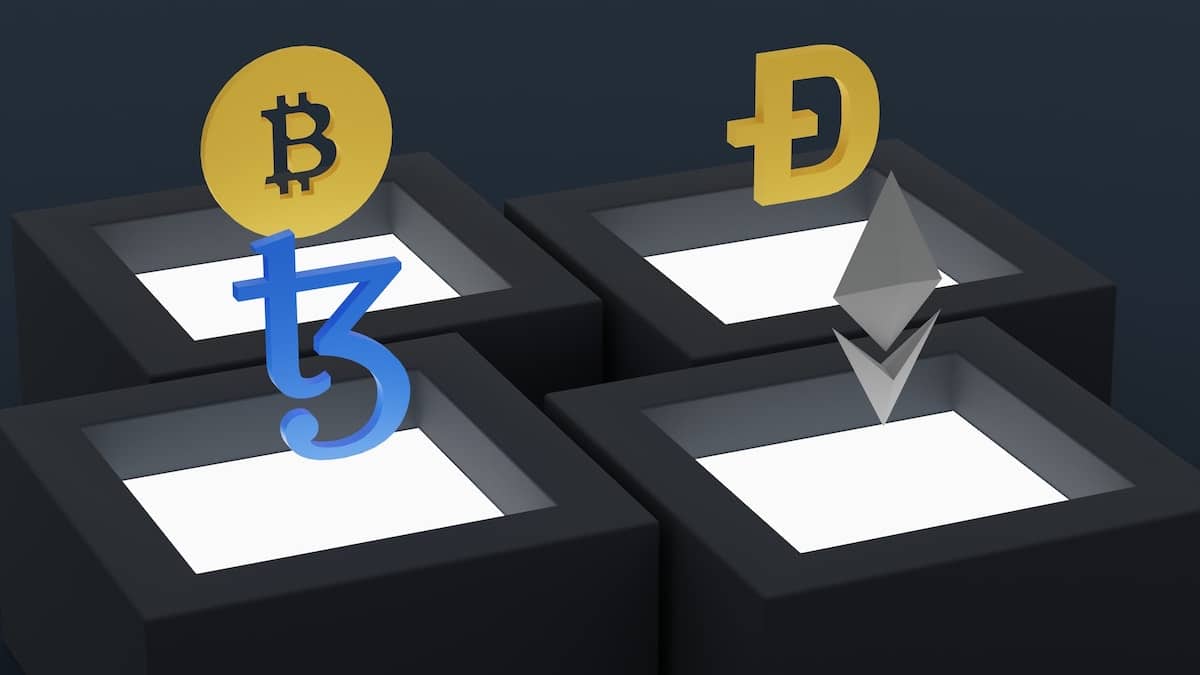Table of Contents
Cryptocurrency has become increasingly popular over the years, and with it, the need for decentralized exchanges has grown as well. Decentralized exchanges provide a way for users to trade cryptocurrencies without having to rely on a centralized authority or intermediary. In this article, we’ll be discussing Loopring, a decentralized exchange protocol for layer 2 scaling that is aiming to revolutionize the way we trade cryptocurrencies. To trade more effectively you must use a reliable trading platform like ImmediateGP.
What is Loopring?
Loopring is a decentralized exchange protocol that is built on the Ethereum blockchain. It was founded in 2017 by Daniel Wang, a former Google software engineer. Loopring is designed to be a fast, secure, and scalable solution for decentralized exchanges. It enables users to trade cryptocurrencies without having to deposit their funds into a centralized exchange, thus reducing the risk of hacks or thefts.
How Does Looping Work?
Loopring is a decentralized exchange protocol that utilizes a unique combination of on-chain and off-chain solutions to provide fast and secure trading. To understand how Loopring works, we must first understand how decentralized exchanges function.
Decentralized exchanges (DEXs) operate on a decentralized network that uses smart contracts to execute transactions. This allows users to trade cryptocurrencies in a trustless and non-custodial manner, without the need for a centralized intermediary. However, one of the limitations of DEXs is their slow transaction speed and high gas fees, which can make trading on these platforms less attractive than centralized exchanges.
Loopring addresses these issues by utilizing a combination of on-chain and off-chain solutions. It uses smart contracts on the Ethereum blockchain to handle the settlement and custody of funds. These smart contracts are audited and transparent, ensuring that users have complete control over their assets at all times.
In addition to on-chain solutions, Loopring also uses zkRollups, a layer 2 scaling solution that allows the protocol to process a large number of transactions quickly and efficiently. zkRollups enable Loopring to bundle multiple transactions into a single transaction, which is then verified on-chain. This not only improves transaction speed but also reduces gas fees, making trading on Loopring more cost-effective than other DEXs.
Another key feature of Loopring is its ability to allow users to trade cryptocurrencies across different blockchains. This is made possible through the use of cross-chain bridges. These bridges enable the transfer of assets from one blockchain to another, which means that users can trade cryptocurrencies that are not supported by the Ethereum network, such as Bitcoin or Litecoin.
Advantages of Loopring
Loopring is a decentralized exchange protocol that offers several advantages over traditional centralized exchanges. In this article, we will discuss the benefits of Loopring and how it can provide users with a more secure, efficient, and cost-effective trading experience.
One of the biggest advantages of Loopring is its security. Unlike centralized exchanges, Loopring is a decentralized protocol, which means that users have complete control over their funds at all times. This eliminates the risk of hacks or compromises, as there is no central point of failure that can be exploited by attackers. Users are also protected by the use of smart contracts, which ensure that trades are executed only when certain conditions are met.
Another advantage of Loopring is its speed. The protocol uses zkRollups, a layer 2 scaling solution that allows for the processing of a large number of transactions quickly and efficiently. This means that users can trade cryptocurrencies without having to wait for long confirmation times or pay high gas fees. In fact, Loopring’s zkRollups can process up to 2,025 trades per second, making it one of the fastest decentralized exchanges on the market.
In addition to its security and speed, Loopring also offers low trading fees. Since Loopring is a decentralized protocol, there are no intermediaries involved in the trading process. This means that users can trade cryptocurrencies at a lower cost than they would on a centralized exchange. In fact, Loopring’s trading fees are among the lowest in the industry, with a fee of only 0.05% per trade.
Conclusion
Loopring is a decentralized exchange protocol that is aiming to revolutionize the way we trade cryptocurrencies. Its use of on-chain and off-chain solutions, cross-chain bridges, and zkRollups make it a fast, secure, and scalable solution for decentralized exchanges. With its focus on security, speed, and low trading fees, Loopring has the potential to become a major player in the cryptocurrency exchange space.
Image Credit: Photo by Shubham Dhage on Unsplash


